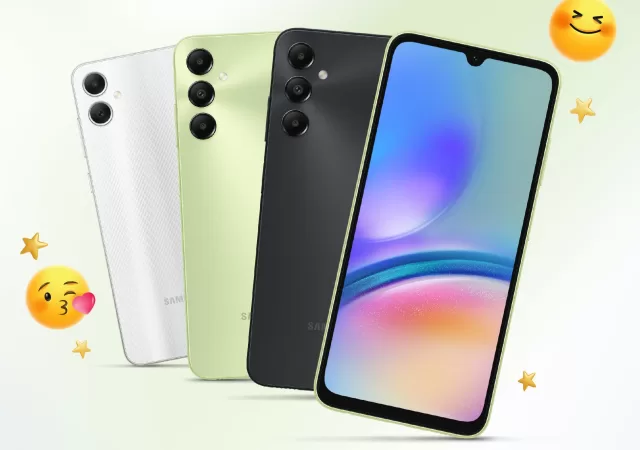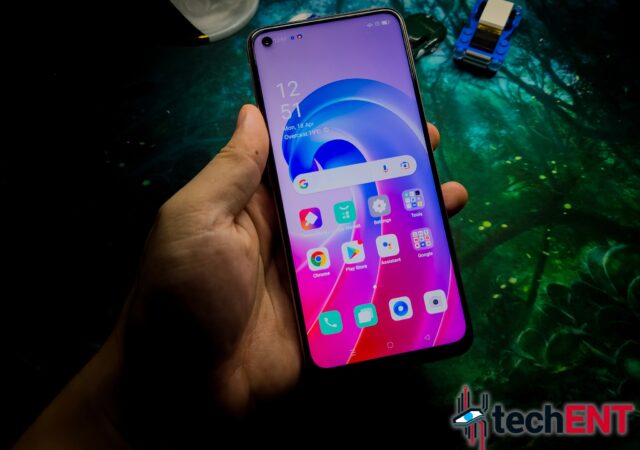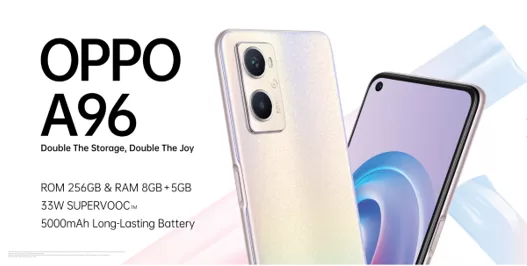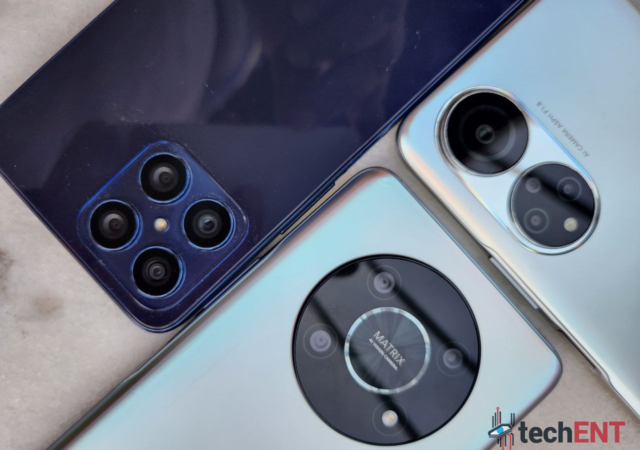New Galaxy A05 & A05s smartphones offer long-lasting 5,000 mAh battery, 25W Super-Fast charging & 6.7-inch display with 50MP camera.
HONOR X8 5G Available in Malaysia for MYR999
HONOR is addiing another affordable smartphone to its offerings complete with 5G connectivity with the new HONOR X8 5G.
The OPPO A96 In-Depth Review – It Works, and That’s All It Needs to Do
OPPO launched their A96 for only MYR 1,299. We daily drove it for a few weeks to see if its worth that asking price and more.
OPPO A96 with 256GB Launches in Malaysia for MYR 1,299! Hands-On the OPPO A96
OPPO launches their new entry-level A-Series device, the OPPO A96 with up to 256GB of storage with 8GB of RAM. Retails for MYR 1,299.
The HONOR X series Returns with Three New Entries
The HONOR X series makes a return with three new devices powered by the Qualcomm Snapdragon processors!







